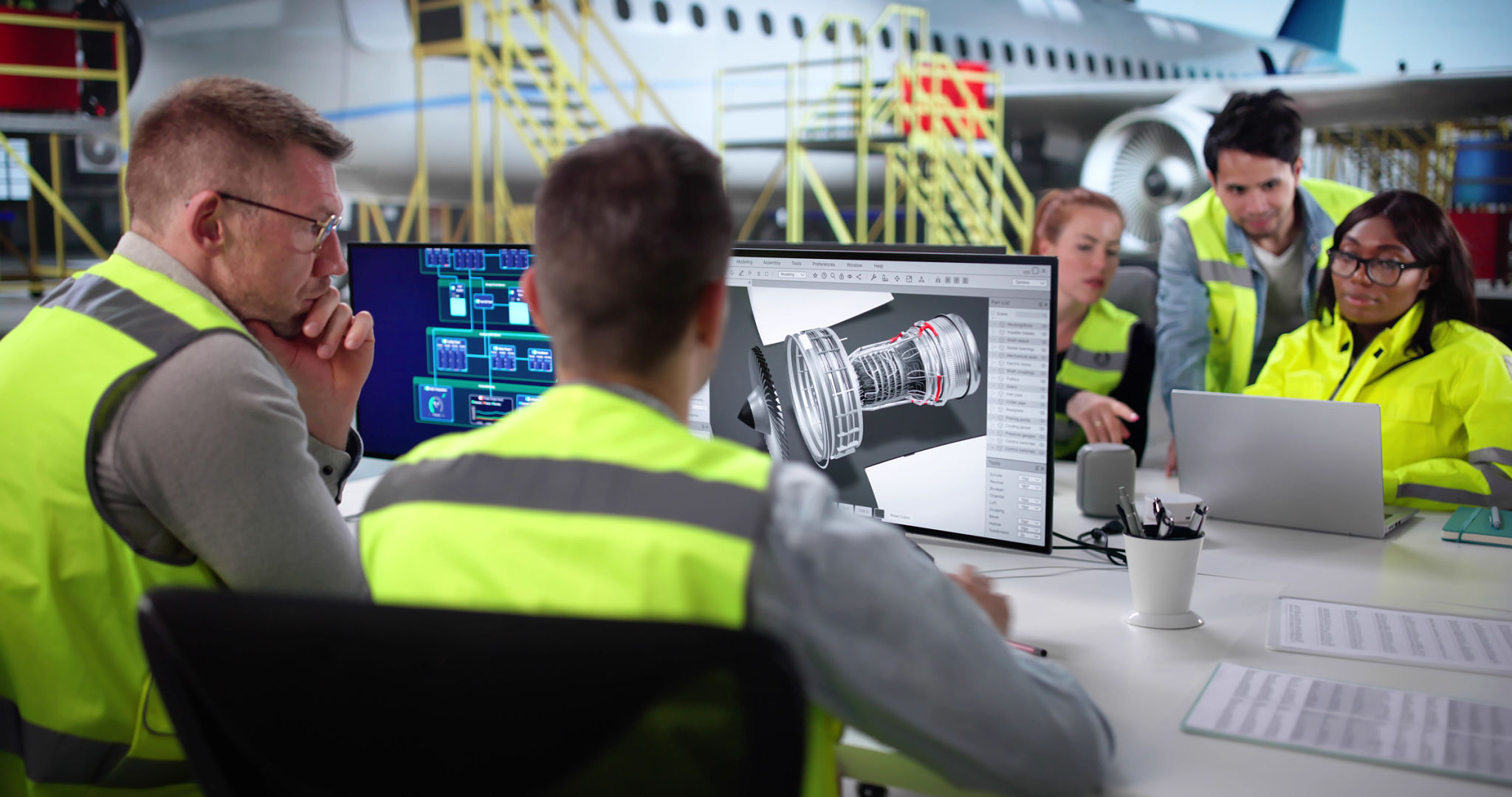Preparing for Seasonal Changes: Aviation Technology Maintenance Tips
Understanding the Importance of Seasonal Maintenance
As the seasons change, aviation technology faces unique challenges that require precise and proactive maintenance strategies. These changes can impact everything from aircraft performance to passenger safety. Proper maintenance is not only a regulatory requirement but also a critical component in ensuring the longevity and reliability of aviation technology.

Seasonal changes can affect various aircraft systems, including engines, avionics, and structural components. By preparing for these shifts, aviation professionals can mitigate risks and ensure that all aspects of their operations run smoothly. Understanding the specific impacts of each season is essential for creating an effective maintenance plan.
Key Areas to Focus on During Seasonal Transitions
When transitioning between seasons, certain areas of an aircraft require more attention. Here are some key areas to focus on:
- Engines: Temperature fluctuations can affect engine performance. Regular inspections and adjustments are necessary to maintain optimal functionality.
- Avionics: Seasonal weather patterns can disrupt electronic systems. Regular updates and tests can help prevent malfunctions.
- Structural Components: Changes in temperature and humidity can cause expansion or contraction in materials. Thorough inspections can identify potential issues before they become significant problems.

Developing a Seasonal Maintenance Schedule
Creating a seasonal maintenance schedule is crucial for staying ahead of potential issues. A comprehensive schedule should include:
- Pre-Season Inspections: Conduct thorough inspections before the onset of a new season to address any immediate concerns.
- Ongoing Monitoring: Implement regular monitoring practices to identify any changes or irregularities during the season.
- Post-Season Reviews: After each season, review maintenance activities to assess effectiveness and make necessary adjustments for future schedules.
By adhering to a structured schedule, aviation professionals can ensure that their equipment is always ready to meet the demands of changing weather conditions.

The Role of Technology in Maintenance
Advancements in technology have revolutionized the way maintenance is conducted in the aviation industry. Tools such as predictive analytics and digital twins allow for more accurate forecasting and planning, enabling teams to anticipate issues before they arise. These technologies help optimize maintenance efforts, ultimately reducing downtime and enhancing safety.
Incorporating these tools into regular maintenance routines can provide a significant advantage, allowing for data-driven decisions that improve both efficiency and reliability.
Conclusion: Staying Prepared Year-Round
Preparing for seasonal changes in aviation technology requires diligence and foresight. By focusing on critical areas, developing a detailed schedule, and leveraging modern technologies, aviation professionals can navigate seasonal transitions with confidence. This proactive approach not only ensures operational efficiency but also upholds the highest standards of safety and performance throughout the year.
